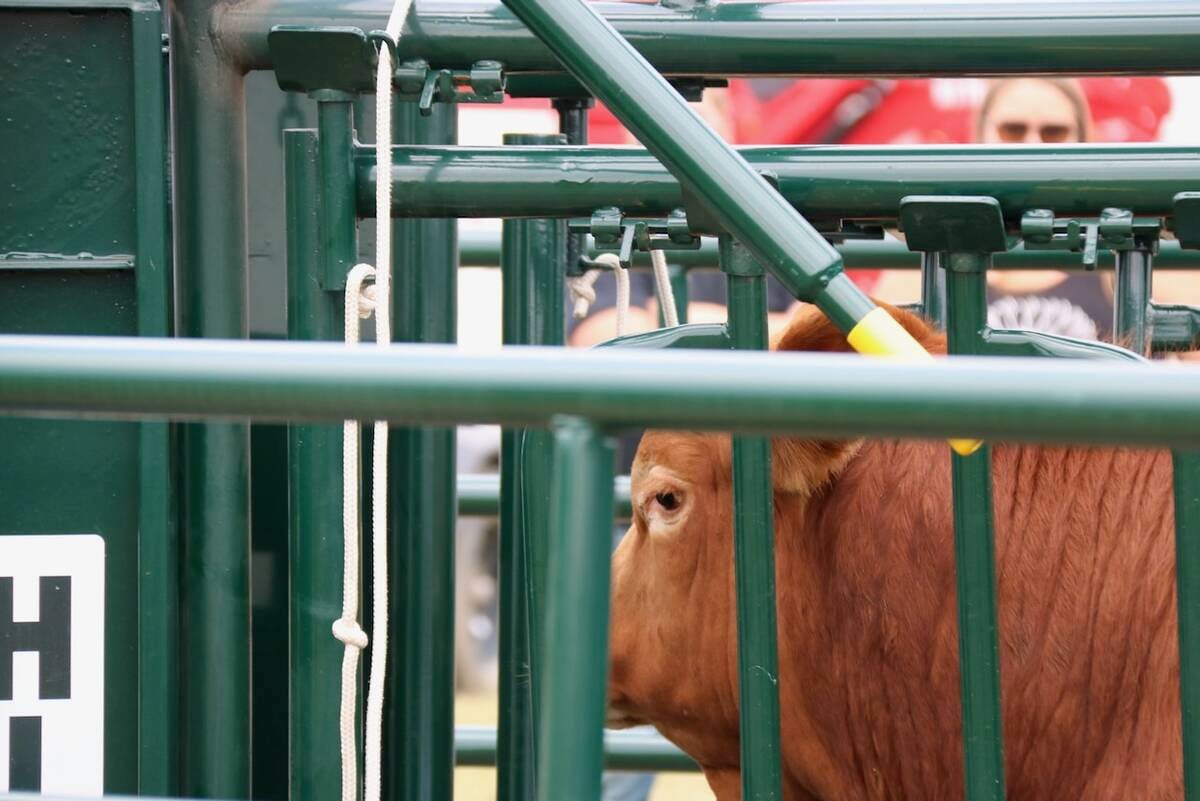NASHVILLE, Tenn. — The American goal to increase beef exports is hampered by lack of a comprehensive traceability system, experts say.
More exports are a key priority in the National Cattlemen’s Beef Association strategic plan, with the $6.6 billion market in China considered the most desirable.
However, renewed access to lucrative markets depends on a traceability program, said John Butler, a Kansas feedlot operator and part of the NCBA long-range planning committee.
There are 10 years worth of feasibility studies on traceability and another one is scheduled.
Read Also

Good handling equipment a must on cattle operations
It’s important for the safety of producers and everyone else dealing with their stock that handling equipment is functional and safe.
“We’ve never made any progress, in my opinion,” he said at an NCBA export committee session during the recent convention held in Nashville.
“We would love to roll up our sleeves and get it done but all we have got are goose eggs.”
Pushback from the industry continues because producers object to the added cost of electronic ear tags at $3 to $5 each and software needed to read them.
“That has been our biggest roadblock,” said Butler. “The times are changing. If we don’t have market access, what will happen? I anticipate there will be further devaluation of my cattle.”
The Chinese may be willing to accept “bookend traceability,” where a packer could find the farm of origin for an animal but would not provide lifetime movement tracking from the farm to the feedlot to the plant.
China is the biggest beef importer in the world so this should be part of the cost of doing business, said Dan Halstrom of the U.S. Meat Export Federation.
“This is the kind of traceability the U.S. and China have been able to agree on and now it is up to the industry to find a way to implement that,” Halstrom said.
Rather saying there is no system in place, countries should explain what they do to trace cattle, said John Masswohl of the Canadian Cattlemen’s Association.
It is important to know the requirements when negotiating trade deals, he added.
Canada’s system is evolving. Animal movement and premise identification will be added to the suite of traceability programs.
“We are certainly ahead of where the Americans are, but for the Americans it is not a question of do you have a traceability system or not, it is to describe the system you have and is the system we have good enough for whatever country is demanding it,” he said.
Canada has been able to de-scribe its system to trading partners, noting that it is a work in progress.
It has used its system to trace cattle in 19 BSE cases and thousands of animals in the bovine tuberculosis situation in southeastern Alberta.
“What we are able to demonstrate is that we have a good system. We are experienced in doing these investigations and do a good job at it,” Masswohl said.















